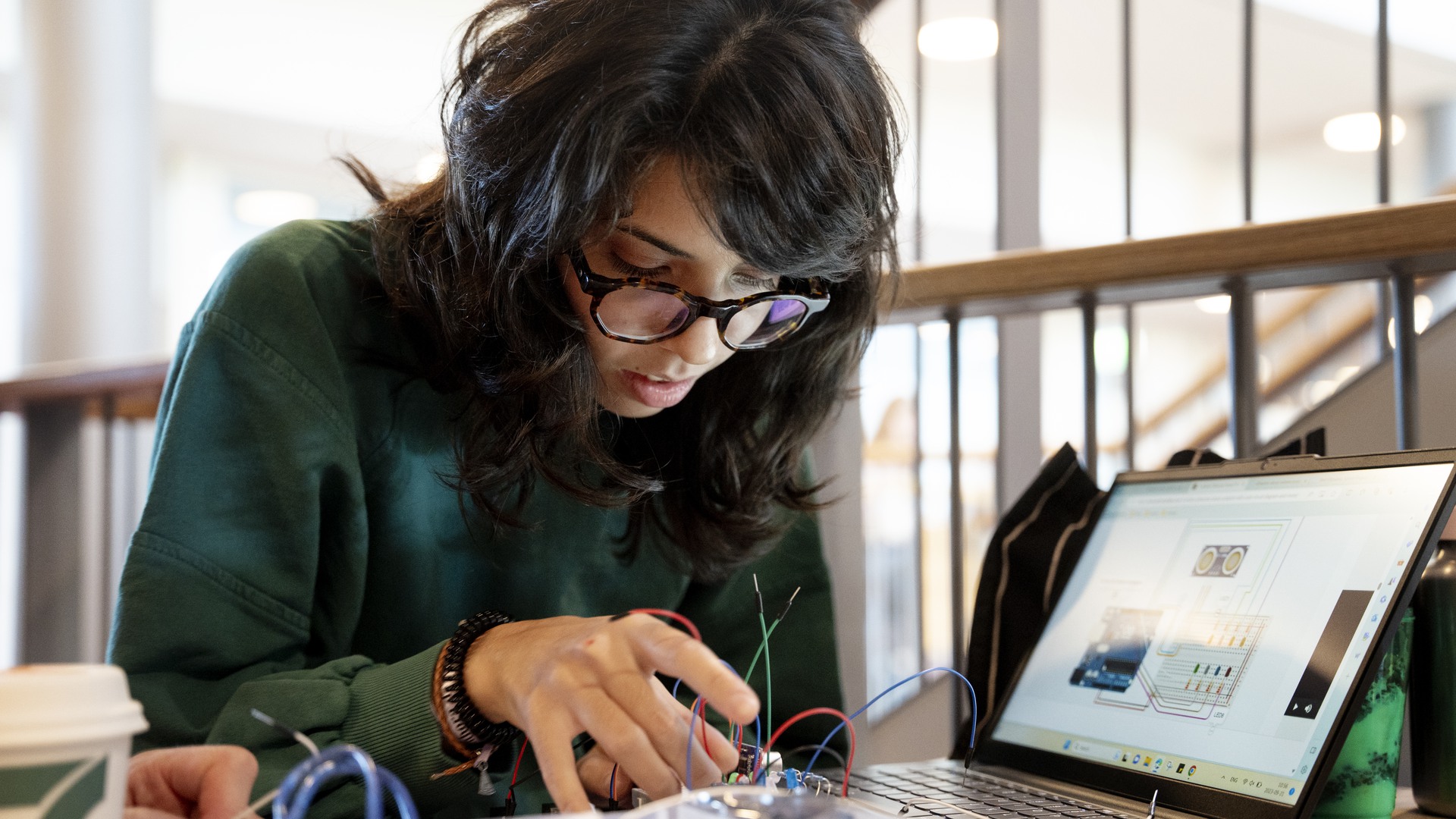Main literature:
- Russell, Stuart Jonathan & Norvig, Peter (2010). Artificial intelligence: a modern approach. 3.,[updated] ed. Boston: Pearson Education. ISBN-10: 0136042597
- Wooldridge, Michael J. (2009). An introduction to multiagent systems. 2nd ed. Chichester, U.K.: John Wiley & Sons. ISBN-10: 0470519460
- Collection of articles and chapters
Reference literature:
- Witten, Ian H., Frank, Eibe & Hall, Mark A. (2011). Data mining: practical machine learning tools and techniques. 3. ed. Burlington, MA: Morgan Kaufmann. ISBN-10: 0123748569


